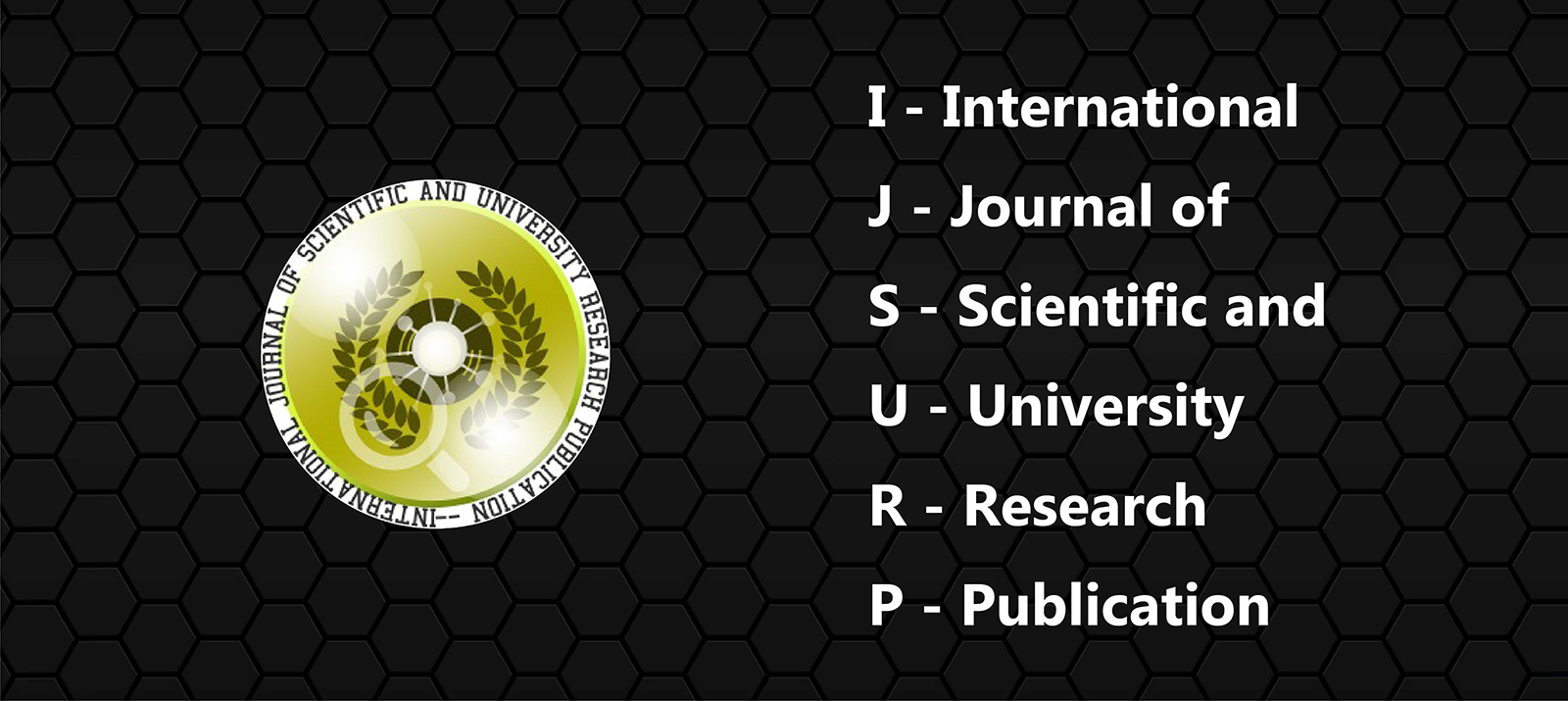References :
Ad-hoc-AG Boden (1982). Bodenkundliche Kartieranleitung. Bundesanstalt für Geowissenschaften und Rohstoffe und Geologische
Landesämter in der Bundesrepublik Deutschland (Hrsg.), 3. Auflage, Hannover. | Ad-hoc-AG Boden (1994). Bodenkundliche Kartieranleitung. Bundesanstalt für Geowissenschaften und Rohstoffe und Geologische Landesämter in der Bundesrepublik Deutschland (Hrsg.), 4. Auflage, Hannover. | Alexopoulos, C.J.,
Mims, C.W.,... More
Ad-hoc-AG Boden (1982). Bodenkundliche Kartieranleitung. Bundesanstalt für Geowissenschaften und Rohstoffe und Geologische
Landesämter in der Bundesrepublik Deutschland (Hrsg.), 3. Auflage, Hannover. | Ad-hoc-AG Boden (1994). Bodenkundliche Kartieranleitung. Bundesanstalt für Geowissenschaften und Rohstoffe und Geologische Landesämter in der Bundesrepublik Deutschland (Hrsg.), 4. Auflage, Hannover. | Alexopoulos, C.J.,
Mims, C.W., Blackwell, M. (1996). Introductory mycology. New York, NY, USA: John Wiley & Sons, Inc. | Anonymous (1992). Gaziantep İli Arazi Varlığı, Tarım ve Köy İşleri
Bakanlığı, Köy Hizmetleri Genel Müdürlüğü Yayınları, İl Rapor No: 27 s: 26-28, Ankara. | Arx, J.A. (1981).The genera of fungi sporulating in pure culture. 3rd fully revised
edition. 424 p. J Cramer Pub. In der A.R. Gantner verlag Kom. 1-9490 Vaduz, Germany. | Atalay, İ.Z., (1988).Gediz havzası rendzina topraklarının besin elementi durumu ve
bunların bazı toprak özellikleri ile ilişkileri.Ege Üniversitesi Ziraat Fakültesi Dergisi., 25: 173-184. | Azaz, A.D. (2003).Investigation of the Microfungal Flora of the Bird Paradise National Park in Bandırma, Balıkesir (Turkey). Turk J Biol 27: 117-123 Tubitak. | Barnett, H.L. and Hunter, B.B. (1972). Illustrated Genera of Imperfect Fungi. Burgess
Publishing Company. Minneapolis, Minnesota, 241 pp. | Bearden, N.B. and Petersen, L. (2000). Influence of arbuscular mycorrhizal fungi on soil structure and aggregate stability of a vertisol. Plant and Soil 218: 173–183. | Bertoldi, D.E. M. (1976). New species of Humicola. An approach to genetic and biochemical classification. Can. J. Bot. 54: 2755-
2765. | Booth, C. (1971).The genus Fusarium. 237 p. Commonwealth Mycological Institute, Kew, Surrey, England. | Boşgelmez A, Boşgelmez İ, Savaşçı S, Paslı N (2001)
Ekoloji II Toprak, s.338-337. Başkent Klişe Matbaacılık 2. Baskı Ankara. | Bryan, R.B. (1976). Considerations on soil credibility indices and Sheetwash. Catena 3:99-111. |
Cihacek LJ (1999) Restoring productivity of eroded soils with manure applications, www.ag.ndsu.nodaik.edu. | Coote D.R., Malcolm-McGovern, C.A., Wall, G.J., Dickenson, W.T.
and Rudra, R.P. (1988). Seasonal variatyon of erodibility indices based on shear atrengfti and aggregate stability in some Ontario soils. J.Soil Sci., 68 : 405-416. | Çakmak, İ.,
Çınar, A., Önelge, N., Derici, R., Torun, M. (2003). Çukurova bölgesinde turunçgil bahçelerinin mineral beslenme düzeyinin toprak ve yaprak analizleriyle belirlenmesi.Final
Raporu. Tubitak, togtag/tarp-2667 nolu proje s.1-108. | Çimrin K M & Boysan S (2006). Van yöresi tarım topraklarının besin elementi durumları ve bunların bazı toprak özellikleri ile ilişkileri. Yüzüncü Yıl Üniversitesi, Ziraat Fakültesi, Tarım Bilimleri Dergisi 16(2): 105-111. | Dickinson, C.H. (1968). Gliomastix. Mycol. Pap. 115: 1-24. | Dorioz, J.M.,
Robert, M. and Chenu, C. (1993). The role of roots, fungi and bacteria on clay particle organization. An experimental approach. Geoderma 56:179–194. | Ellis, M. (1971). Dematiaceus Hyphomycetes. 507 p. Commonwealth Mycological Institute Kew, Surrey, England. | Emerson, W.W., Foster, R.C. and Oades, J.M. (1986). Organo-mineral complexes
in relation to soil aggregation and structure. In interactions of Soil Minerals with Natural Organics and Microbes, Soil Science Society of Australia, Spec.Publ.17:521-548. | FAO
(1990). Micronutrient, Assessment at the Country Level: An International Study. FAO Soil Bulletin by Sillanpaa. Rome. | Güçdemir, İ.H. ve Kalınbacak, K. (2008).Toprak, Su ve
Bitki Analizi için Numune Alınması (Genişletilmiş Yeni Baskı.), Tarım ve Köy İşleri Bakanlığı, Tarımsal Araştırmalar Genel Müdürlüğü, Toprak, Gübre ve Su Kaynakları Merkez
Araştırma Enstitüsü Müdürlüğü, Genel Yayın No: 68, Çiftçi Yayınları No: 3 Ankara... Less







